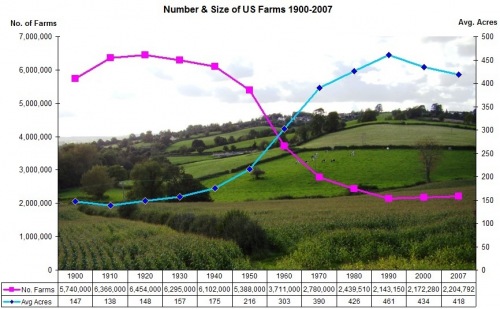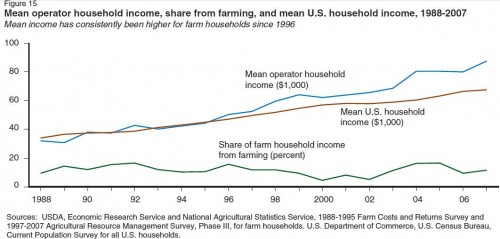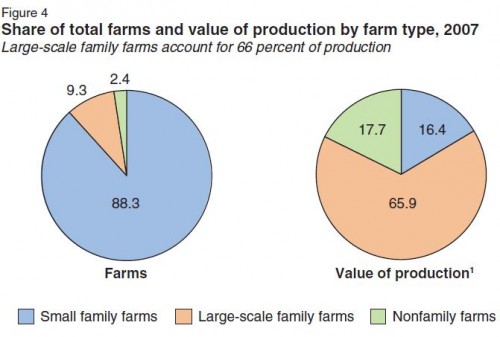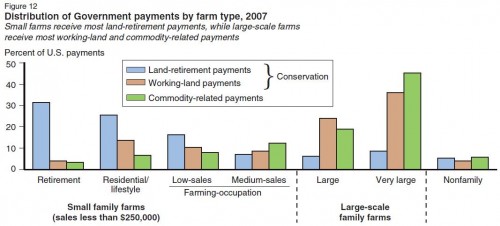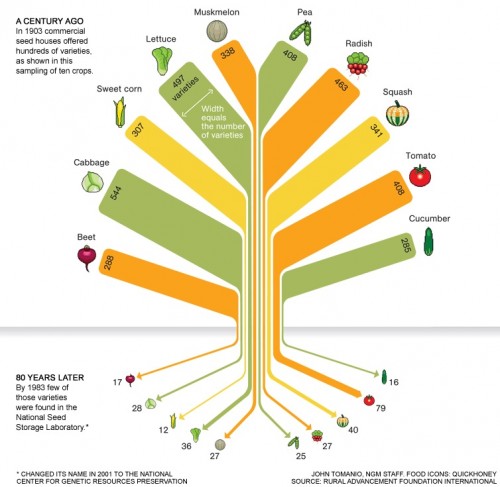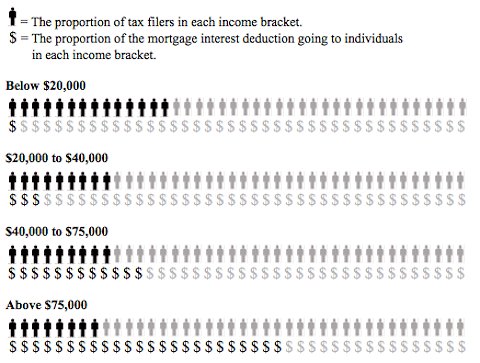In Cultures of War: Pearl Harbor/Hiroshima/9-11/Iraq, John Dower discusses how the U.S. responded to the Japanese attack on Pearl Harbor on December 7, 1941. Militarily, it pushed the U.S. into officially entering World War II, but Dower is just as interested in cultural responses, particularly efforts to stigmatize all U.S. residents of Japanese descent as unpatriotic or even traitorous.
A prime example of this is the film December 7th, created by John Ford, legendary director of classics such as Stagecoach and The Grapes of Wrath. The first version of the film was 82 minutes long. In it, an idealistic figure representing the U.S. talks with “C,” a figure meant to represent his conscience. Uncle Sam naively believes the racial and ethnic diversity of Hawaii isn’t a problem, but C helps him see that the large Japanese American population is a threat, even when they appear to be loyal, patriotic, assimilated Americans. Japanese-language telephone books and newspapers are ominously shown as evidence of their lack of true American-ness. Start at about 8:40:
The message is unequivocal: Japanese Americans are untrustworthy, and any actions or behaviors that seems to indicate that a Japanese American is loyal to the U.S. provides potential evidence of just how deceitful they are — they cover their treachery with an appearance of patriotism. At around 18:25, Uncle Sam tries to defend freedom of religion, but C patiently explains the problem with this view. C says he’s not saying all Japanese Americans are disloyal, but that he’s “just presenting the facts,” and can’t be responsible for separating the loyal from the disloyal.
Ford cut the film down to 34 minutes before releasing it. This shortened version of December 7th won the 1943 Oscar for Best Documentary Short Subject:
The attack scene from December 7th is often assumed to be actual documentary footage of the attack on Pearl Harbor, but Dower points out that it was almost entirely staged by Ford, since there was almost no existing film of the surprise attack available.
Dower also discusses the animated Disney film Victory through Air Power. The film was based on the book Victory through Air Power, by Alexander Seversky. Seversky’s book justifies bombing non-combatant targets as a way to demoralize the enemy and disrupt supply lines and communication. Civilians would no longer be seen as inherently off-limits for military operations. The film served as propaganda for this view, which increasingly took hold in the U.S. military, eventually justifying dropping nuclear bombs on Hiroshima and Nagasaki.
You can find the entire film on Youtube, but the most relevant segment is at the end; the widespread bombing of (noticeably resident-free) Japanese cities is presented as key to a glorious victory by the U.S.:
These films served to justify military strategies (internment camps and bombing non-military targets) that could have faced stiff resistance by drawing on popular fears in the wake of the Pearl Harbor attack. In both cases, they widened the circle of legitimate potential targets of war-related government actions to not just Japanese soldiers and government officials but to the entire civilian population of Japan, as well as anyone with Japanese ancestry living in the U.S.



